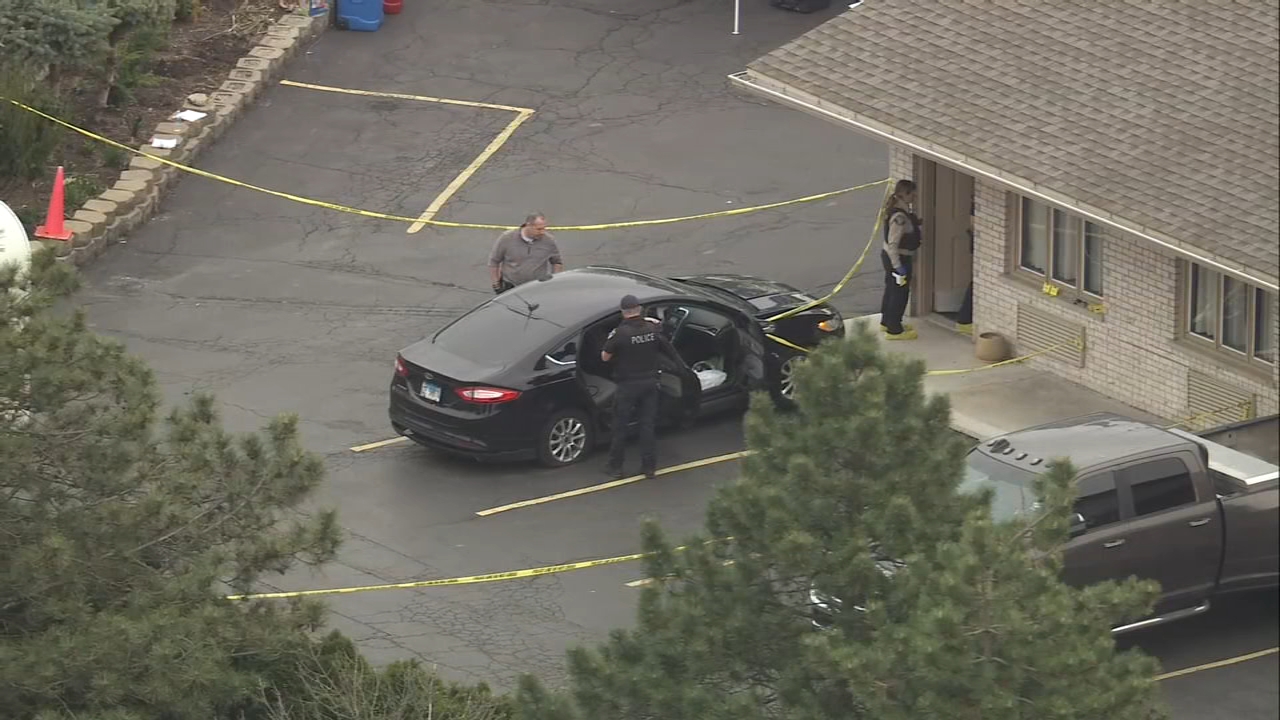What Weapons Could Have Brought Down MH17 - And Why

An American official said today that the U.S. believes a single surface-to-air missile caused the crash of an Malaysia Airlines plane in Ukraine today, potentially answering one of a host of questions about the tragedy, but leaving two big ones: If that's true, who fired the missile, and was the plane the real target?
Ukrainian officials said that they suspected a Russian-built surface-to-air missile system was responsible for the crash and blamed Russian-trained separatists for hitting the civilian airliner.
U.S. officials, including those from various intelligence agencies, said they're still gathering information about the incident and have declined to comment about who is believed to be responsible. The U.S. official who said a single missile had been used also said it was unclear if the missile was fired from territory in Ukraine or Russia.
Richard Clarke, former White House counter-terrorism advisor and ABC News consultant, said that if a Russian surface-to-air missile system was used, that wouldn't necessarily point to who exactly pulled the trigger - whether the Ukrainian military, the Russian military or pro-Russian separatists in eastern Ukraine.
Malaysia Airlines Plane Brought Down by Missile in Ukraine, US Official Says
Malaysia Airlines Plane Downed in Ukraine, Witness Says 'Bodies Everywhere'
Who Will End Up With the Malaysia Airlines Black Box?
There is also more than one system to consider. A statement from the U.S. Embassy in Kiev earlier today noted that Ukrainian military analysts believe the Russian-made SA-17 Grizzly, or BUK-M2 as it's known in Russia, may have fired the fatal shot.
"If true, this represents a significant escalation," the Embassy said. The Embassy described the SA-17 as a "sophisticated system requiring a whole suite of radar and command vehicles."
The SA-17 Grizzly is one of the more recent of the Russian BUK family of medium-range surface-to-air missile systems. Unlike shoulder-fired, MANPAD rockets, which have a limited range, the SA-17 is a large, mobile missile system fired from military vehicles that can reach tens of thousands of feet in the air - more than high enough to hit a jetliner at cruising altitude, according to an Australian industry analysis of the system.
Developed by the Russians, the SA-17 system has been a point of pride in Moscow where it was featured among other weapons systems in Russian Victory Day parades through Red Square. The state-owned Russian news outlet RIA Novosti reported last year that Russian armed forces hoped to upgrade to a newer version of the missile system in 2016.
Prior to the SA-17, the Russians developed the SA-11 Gadfly, or BUK-M1, which both the Russian military and the Ukrainian military operate. While less sophisticated, missiles fired from the SA-11 can still reach more than high enough to knock out an airliner at cruise altitude, according to IHS Jane's Missiles and Rockets editor Doug Richardson.
The Ukrainian military also has permanent, fixed position surface-to-air missile systems that would have "no difficulty downing a target flying at 30,000 feet," but Richardson said operators for those would "have a good idea of the air traffic present in the surrounding area, so would be unlikely to mistake an airliner for a combat aircraft."
Ukraine has denied it was responsible, Russian President Vladimir Putin said "the state over whose territory it happened is responsible," since the tragedy "would not have happened if there was peace on this land..." and Ukrainian Security Services released audio of what it said was intercepted conversations between pro-Russian militants that implicated them in the crash. The rebels have reportedly denied responsibility as well, their leader claiming they don't have the weapons necessary to take down the aircraft.
Last month, Gen. Philip Breedlove, NATO Supreme Allied Commander Europe, said that the Russian government had been training pro-Russian separatists inside Russia to have an "anti-aircraft capability." That training, Breedlove said, then appeared to flow into Ukraine.
"What we see in training on the east side of the border is big equipment, tanks, APCs [Armored Personnel Carriers], anti-aircraft capability, and now we see those capabilities being used on the west side of the border," Breedlove told reporters. Breedlove said he had not seen training in the smaller MANPAD systems, but, "we have seen vehicle-borne capability being trained."
However, it's unclear where the separatists may have actually acquired the missile launchers. A Russian news outlet reported earlier this month a group of rebels had seized one surface-to-air platform in Ukraine, but NYU professor and Russian-specialist Mark Galeotti wrote that report was "almost certainly preemptive disinformation." Galeotti suspects the plane was brought down by a SA-11 "supplied by the Russians." The U.S. State Department has said before Russia is supplying separatists with heavy weapons.
Steve Ganyard, former Marine Corps fighter pilot and ABC News consultant, said that if the Russian missile systems were used by the rebels, the systems' complexity could have played a role in the tragedy.
"One idea, and it's just an idea, that if this was caused a by shoot-down by the separatists themselves, they were probably given only very notional training on this very sophisticated surface-to-air missile systems. So they may not have been able to use the systems that would've identified this Malaysian aircraft as a civilian jetliner," he said. "They may have just seen a target, locked on to it and said, 'Ready, set, go, we're going to fire.'"
A senior U.S. official agreed that U.S. analysts fear relatively untrained separatists might have fired wildly, but emphasized that at this point, it's all still just a theory.
CLICK HERE to return to the ABC News Investigative Unit homepage.




